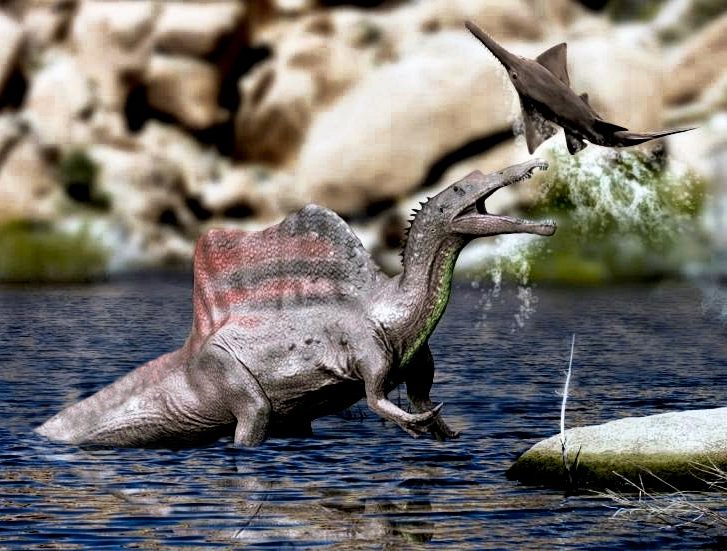Nestled within the ancient layers of Utah’s Cedar Mountain Formation lies the fossilized remains of a remarkable dinosaur that once darted through the Early Cretaceous landscape. Nedcolbertia, named in honor of renowned paleontologist Edwin Colbert, represents an important discovery in our understanding of small theropod dinosaurs from North America. This swift, agile predator may not have commanded the same attention as its larger, more famous relatives like Tyrannosaurus rex, but its discovery has provided valuable insights into dinosaur diversity and evolution during this crucial period of Earth’s history. As we explore this fascinating creature, we’ll uncover the story of its discovery, its physical characteristics, and what its existence tells us about the prehistoric ecosystem of what is now Utah approximately 125 million years ago.
Discovery and Naming
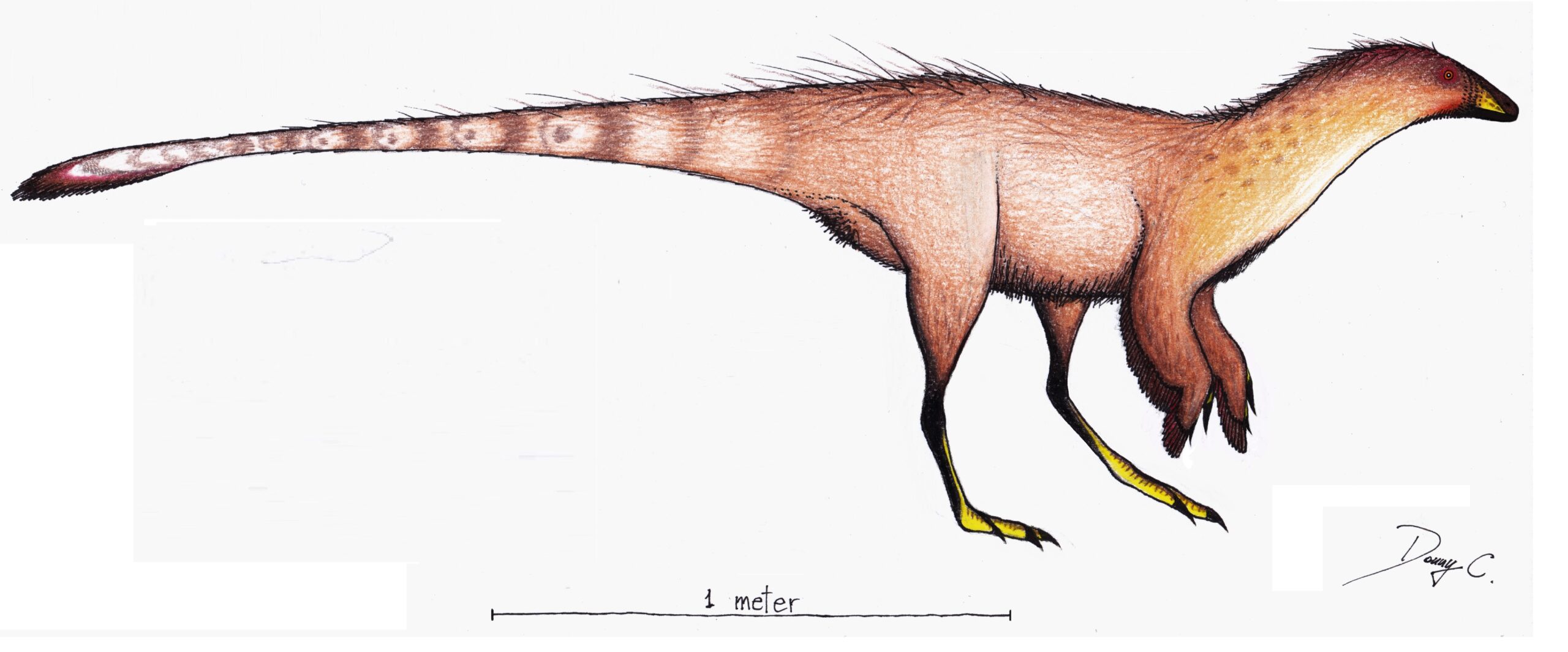
Nedcolbertia was discovered in the early 1990s in the Yellow Cat Member of the Cedar Mountain Formation in eastern Utah. The genus was formally described and named in 1998 by paleontologists James Kirkland, Brooks Britt, and Donald Burge. The name “Nedcolbertia” honors Edwin H. Colbert, an influential American paleontologist who made significant contributions to dinosaur research throughout the 20th century. The species name, “justinhoffmani,” pays tribute to Justin Hoffman, who discovered the first specimen. This dinosaur’s naming follows the common practice in paleontology of recognizing both scientific pioneers and those directly involved in important fossil discoveries. The holotype specimen consists of partial skeletal elements, providing enough material for scientists to establish it as a new genus distinct from other known theropods of the time.
Geological Context

The Cedar Mountain Formation represents a crucial window into the Early Cretaceous period of western North America, spanning roughly 145 to 100 million years ago. Nedcolbertia specifically dates to the Barremian stage, approximately 125 million years ago, making it one of the earliest dinosaurs from this formation. During this time, the region experienced significant geological and environmental changes as the ancient Western Interior Seaway began to influence the landscape. The Yellow Cat Member, where Nedcolbertia was found, consists primarily of variegated mudstones and sandstones that were deposited in floodplain environments with seasonal rainfall. This geological context provides important clues about the habitat and environmental conditions that Nedcolbertia would have experienced during its lifetime, suggesting a somewhat arid to semi-arid environment with periodic flooding.
Physical Characteristics
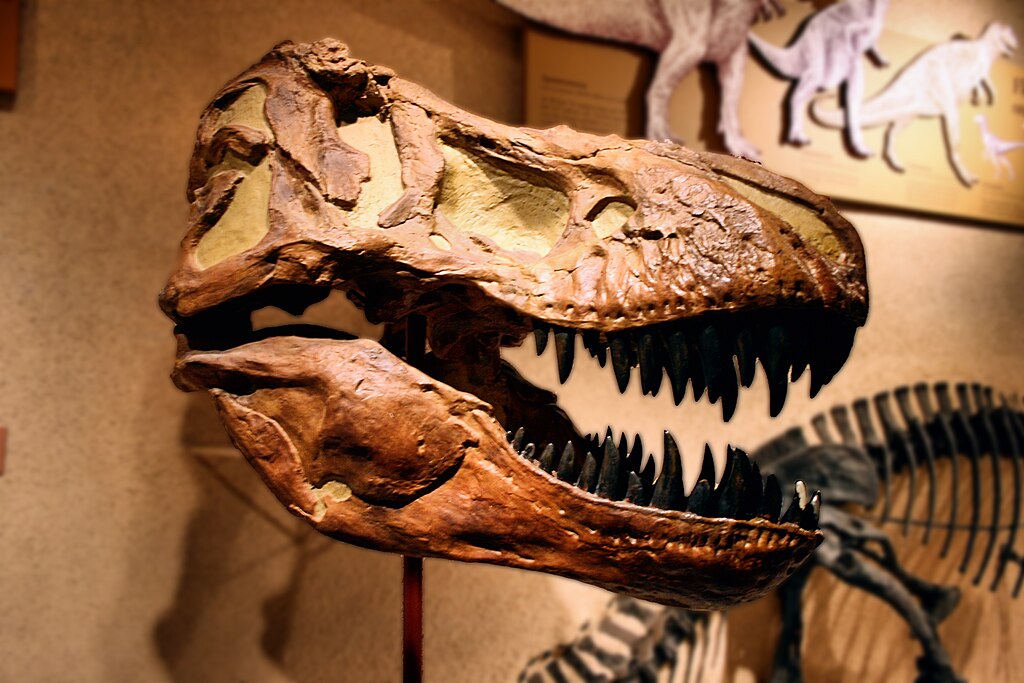
Nedcolbertia was a relatively small theropod dinosaur, estimated to have measured approximately 3 meters (10 feet) in length. This places it firmly in the category of medium-sized predators within its ecosystem. Its weight is estimated at around 50-70 kilograms (110-154 pounds), making it considerably smaller than many of its theropod relatives. The skeletal elements recovered suggest a lightly built animal with long, slender limbs proportioned for speed rather than power. Its hindlimbs show adaptations for cursorial (running) behavior, with elongated lower leg bones and feet that would have enabled quick movement across its habitat. Though skull material is limited, paleontologists believe Nedcolbertia likely possessed a moderately long snout with sharp, serrated teeth suitable for capturing and consuming small prey items, including insects, small mammals, and possibly juvenile dinosaurs.
Taxonomic Classification

Nedcolbertia belongs to Theropoda, the group of primarily carnivorous dinosaurs that eventually gave rise to modern birds. Within this broad classification, its precise positioning has been subject to some debate among paleontologists. Initially, Nedcolbertia was classified as a coelurosaur, the group that includes most small to medium-sized theropods as well as birds. However, subsequent analyses have suggested it may instead belong to Ornithomimosauria (the “ostrich dinosaurs”) or possibly represent a more basal theropod outside these groups. The challenge in classification stems partly from the incomplete nature of the fossil material and the complex evolutionary relationships among Early Cretaceous theropods. This taxonomic uncertainty highlights the ongoing nature of paleontological research, where discoveries and analytical methods continually refine our understanding of prehistoric life.
Locomotion and Speed

The skeletal anatomy of Nedcolbertia reveals a dinosaur built for speed and agility rather than raw power. Its long, slender hindlimbs feature proportions typical of cursorial (running-adapted) animals, with the lower leg bones (tibia and fibula) notably longer than the femur. This configuration increased stride length and provided a mechanical advantage for swift movement. Additionally, the metatarsals (foot bones) were elongated and tightly bundled, creating a more efficient foot for running. Biomechanical analyses suggest Nedcolbertia could have achieved impressive speeds, possibly exceeding 40 kilometers per hour (25 mph) in short bursts. This speed would have been crucial for both hunting smaller, agile prey and escaping larger predators that shared its habitat. The dinosaur’s relatively small size and lightweight build would have enhanced its maneuverability, allowing it to navigate through the vegetation of its environment with ease.
Dietary Habits

While direct evidence of Nedcolbertia’s diet is limited due to the absence of preserved stomach contents or coprolites (fossilized feces), its classification as a small theropod provides strong clues about its feeding behaviors. The creature’s teeth, though incompletely preserved, appear to have been relatively small, sharp, and slightly curved, morphology consistent with capturing and consuming small prey rather than tackling larger animals. Paleontologists believe Nedcolbertia likely fed on a varied diet that included insects, small mammals, lizards, and possibly the hatchlings of other dinosaurs. Its speed and agility would have made it an effective hunter of small, quick prey items that required pursuit rather than ambush tactics. Some researchers have also suggested that, like many modern predators of similar size, Nedcolbertia may have supplemented its diet with opportunistic scavenging when larger predators left behind carcasses.
Paleoenvironment and Ecosystem
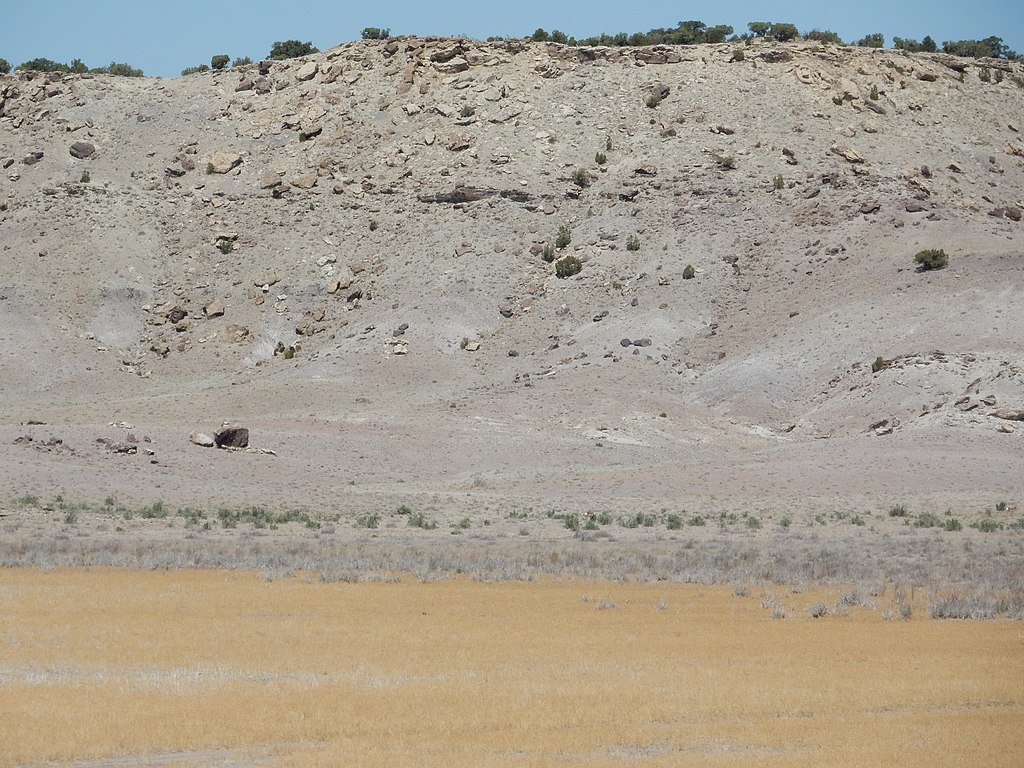
The Cedar Mountain Formation during Nedcolbertia’s time represented a complex ecosystem undergoing significant transition. Climate analysis suggests a seasonal environment with alternating wet and dry periods, creating a mosaic of woodlands, open areas, and riparian (riverside) habitats. Nedcolbertia shared this dynamic landscape with a diverse assemblage of other dinosaurs, including the large sauropod Cedarosaurus, the iguanodontian Iguanacolossus, and the predatory theropod Utahraptor. Smaller fauna included primitive mammals, lizards, turtles, and various invertebrates that would have constituted potential prey for Nedcolbertia. The formation also preserves evidence of early flowering plants, suggesting their increasing importance in the ecosystem. Within this environment, Nedcolbertia likely occupied a middle-level predator niche, feeding on smaller animals while itself being vulnerable to larger theropods, creating a complex trophic web similar to modern ecosystems.
Significance in Dinosaur Evolution
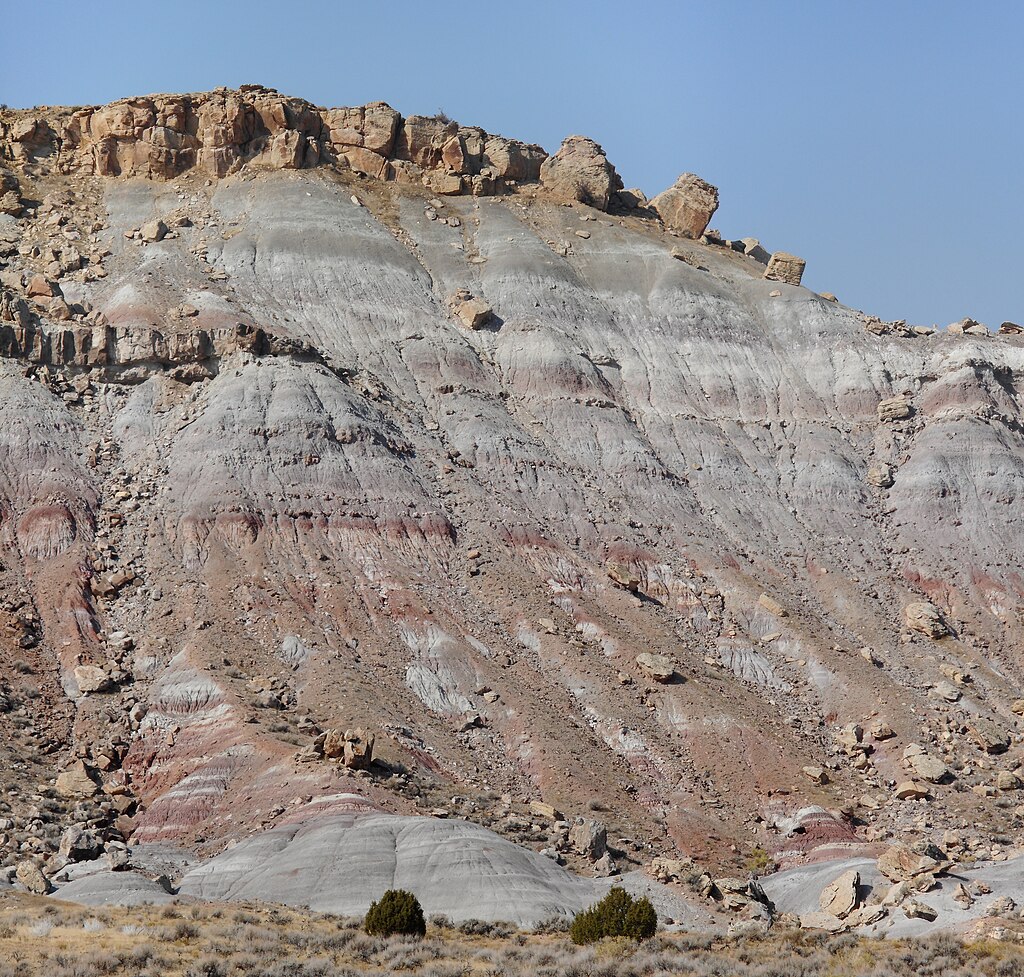
Nedcolbertia represents an important evolutionary data point in understanding theropod diversification during the Early Cretaceous. This period marked a significant transition in dinosaur faunas worldwide, with many new lineages appearing while others declined. The Cedar Mountain Formation captures a crucial moment in North American dinosaur evolution when the continent was becoming increasingly isolated due to rising sea levels. Nedcolbertia’s combination of primitive and derived features helps paleontologists trace the complex evolutionary pathways that led to later theropod groups, including the specialized ornithomimosaurs and eventually birds. Its discovery has helped fill a gap in our knowledge of medium-sized predators from this period, demonstrating that diverse theropod lineages coexisted in these ecosystems. The anatomical adaptations seen in Nedcolbertia also provide evidence for the continued refinement of cursorial adaptations among theropods, a trend that would reach its pinnacle in later forms.
Fossil Evidence and Preservation

The fossil record of Nedcolbertia is unfortunately incomplete, as is common with many dinosaur species. The holotype specimen consists of partial remains including vertebrae, limb bones, and some fragmentary cranial elements. Additional referred specimens have expanded our knowledge somewhat, but substantial portions of the skeleton remain unknown. The preservation quality varies across the collected specimens, with some bones showing excellent three-dimensional preservation while others have been crushed or distorted by geological processes over millions of years. The fossils were preserved in mudstone sediments, suggesting burial in floodplain environments that provided conditions conducive to fossilization. Taphonomic analysis (the study of how organisms become fossilized) indicates that the remains likely underwent some degree of transportation by water before final burial, explaining the disarticulated nature of many elements. Despite these limitations, the available material has provided sufficient data for paleontologists to reconstruct key aspects of this dinosaur’s anatomy and lifestyle.
Comparison with Contemporary Theropods

Nedcolbertia shared its environment with several other theropod dinosaurs, occupying a distinct ecological niche among them. While the massive Utahraptor dominated as an apex predator at roughly 6-7 meters long with its killer claw, Nedcolbertia represented a medium-sized predator, focusing on different prey items. Another contemporary, Gastonia, though an armored ankylosaur rather than a theropod, presented a heavily defended herbivore that Nedcolbertia would likely have avoided. When compared to other small theropods from similar periods globally, Nedcolbertia shows interesting parallels with dinosaurs like Valdoraptor from England and Kaijiangosaurus from China, suggesting similar adaptations emerging in different geographic regions. However, Nedcolbertia displays a unique combination of features that distinguish it from these contemporaries, particularly in limb proportions and vertebral structure. These differences highlight the diversity of small theropods during the Early Cretaceous and the various evolutionary experiments occurring in predatory dinosaur lineages across the globe.
Scientific Research History

Since its formal description in 1998, Nedcolbertia has been the subject of several scientific studies, though not as extensively as some more completely known dinosaurs. The initial description by Kirkland, Britt, and Burge established the basic anatomy and taxonomic position of this dinosaur. Subsequent research has focused on refining its phylogenetic relationships, with some studies suggesting ornithomimosaur affinities while others place it in a more basal position within theropod evolution. In 2012, a comprehensive review of Cedar Mountain Formation dinosaurs included updated information on Nedcolbertia, incorporating new fossil material discovered since the original description. More recent studies have utilized advanced techniques such as CT scanning to examine internal bone structure and biomechanical modeling to understand its locomotion capabilities. The dinosaur has also featured in broader paleoecological studies attempting to reconstruct the complex ecosystem of the Early Cretaceous in western North America, contributing valuable data on medium-sized predator niches.
Cultural Impact and Public Awareness

Despite its scientific significance, Nedcolbertia has maintained a relatively low profile in popular culture compared to more famous dinosaurs like Tyrannosaurus or Velociraptor. The dinosaur has been featured in several museum exhibits focusing on Utah’s prehistoric past, including displays at the Utah Field House of Natural History State Park Museum and the Natural History Museum of Utah. Educational materials about the Cedar Mountain Formation frequently include Nedcolbertia as part of the diverse dinosaur assemblage from this important geological unit. While not typically included in mainstream dinosaur books and media aimed at children, it does appear in more comprehensive encyclopedias and specialized publications on Cretaceous dinosaurs. The relative obscurity of Nedcolbertia in public awareness highlights a common pattern where smaller, less spectacular dinosaurs receive less attention despite their importance to understanding prehistoric ecosystems and evolutionary history.
Ongoing Research and Future Discoveries

Paleontological work continues in the Cedar Mountain Formation, with potential for new Nedcolbertia specimens that could fill gaps in our understanding of this dinosaur. Current research priorities include finding more complete cranial material that would clarify feeding adaptations and sensory capabilities. Advanced analytical techniques such as bone histology (studying microscopic bone structure) may reveal growth patterns and life history strategies of this dinosaur in future studies. Additionally, stable isotope analysis of fossilized teeth could provide insights into their diet and habitat preferences. The application of phylogenomic methods to better understand its evolutionary relationships represents another promising research direction. As exploration of the Cedar Mountain Formation continues, particularly in less extensively studied exposures, the potential exists for discovering more complete Nedcolbertia specimens or even identifying closely related species. Such discoveries would significantly enhance our understanding of this swift predator and its role in Early Cretaceous ecosystems.
Conclusion

In the grand narrative of dinosaur evolution, Nedcolbertia may not command the same attention as the giants and apex predators that often dominate our imagination, but its significance should not be underestimated. This small, swift hunter provides a window into the complex ecological web of Early Cretaceous North America and demonstrates the remarkable diversity of theropod dinosaurs that existed beyond the handful of famous species featured in museums and media. As research continues in the Cedar Mountain Formation and our analytical techniques advance, Nedcolbertia will likely continue to yield new insights about dinosaur evolution, prehistoric ecosystems, and the ancient landscape of what would eventually become Utah. Through such seemingly modest dinosaurs, we gain a more complete and nuanced understanding of Earth’s fascinating prehistoric past.


